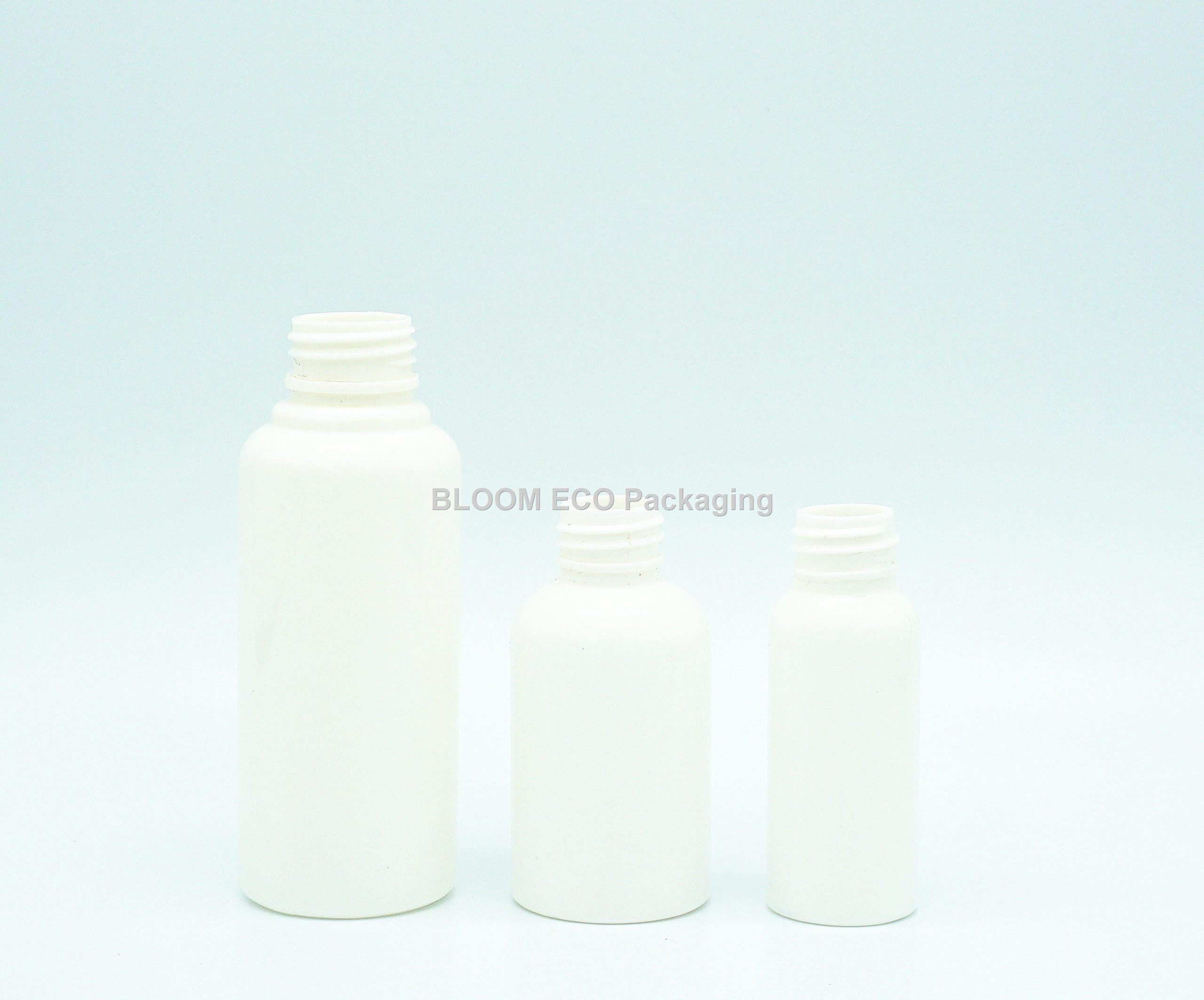With the gradual implementation of the global and China’s plastic restriction and ban policies, the degradable plastics market is expected to open up, more than 10 times of space, and is expected to reach the level of 10 million tons of market.
1.Asia is expected to become the largest consumer market of biodegradable plastics in the world
In recent years, developed countries and regions such as Europe, the United States, Japan and other developed countries and regions have formulated and promulgated relevant laws and regulations, restricting the use of non degradable plastics by means of partial prohibition, restriction, compulsory collection and collection of pollution tax, and vigorously develop new biodegradable materials to protect the environment and soil.
From 2019 to 2020, a number of countries in Asia have issued plastic restriction policies, including China, Pakistan, India, the Philippines, Thailand, Algeria and other countries. In the future, the demand for biodegradable plastics in Asia will grow rapidly, which is expected to replace Europe as the largest consumer market of biodegradable plastics.
2.The global production capacity of biodegradable plastics is increasing rapidly, and there is a large space for replacing polylactic acid
According to the latest data released by the European bioplastics Association in September 2019, as of September 2019, the global annual production capacity of bioplastics was 2.154 million tons, of which biodegradable plastics (including PBAT, PBS, PLA, PHA, starch based degradable plastics and other biodegradable plastics) accounted for 55.5%, accounting for 1.174 million tons. According to the prediction data of European bioplastics Association, the annual production capacity of biodegradable plastics in the world will reach 1.334 million tons by 2024, with a compound annual growth rate of 2.7%.
Considering that from the second half of 2019 to the beginning of 2020, a number of new countries around the world have issued plastic restriction policies, including China. China’s plastic production accounts for about 20% of the world’s total, and its consumption accounts for about 15% of the world’s. The demand market for biodegradable plastics will accelerate the growth of the global market. It is predicted that in the next five years, the global production capacity of biodegradable plastics will exceed the current forecast of the European bioplastics Association.
In recent two years, PBAT, PLA and starch-based plastics have increased rapidly in the market capacity of biodegradable plastics. Among them, PLA is a widely used material with excellent barrier properties. High performance PLA is an excellent substitute for PS (polystyrene) and PP (polypropylene), and its demand will increase rapidly in the future.
3.Strong demand, mainly for daily food packaging
According to the research report data released by IHS Markit in 2018, the global demand for biodegradable plastics was 269000 tons in 2012, 360000 tons in 2018, and the corresponding market size was 1.1 billion US dollars, with an annual compound growth rate of 5%. In 2023, the global demand for biodegradable plastics will increase to 550000 tons, corresponding to the market size of 1.7 billion US dollars. From 2018 to 2023, the annual compound growth rate of demand for biodegradable plastics will be 9%.
According to the expansion of biodegradable capacity of major global manufacturers and the introduction of plastic restriction policies in major countries in 2019, the global demand for biodegradable plastics in 2019 has exceeded the IHS forecast.
According to the survey of the United Nations Environment Programme (UNEP), at least 67 countries and regions around the world have adopted restrictions on disposable plastic products. In 2019, there will be more than 15 countries in the world with new exhibition restrictions. In 2019, the growth rate of global demand for biodegradable plastics is conservatively estimated to be about 28%, with a demand of 461000 tons.
Note: the growth rate of demand in 2019 will be 28%.
The food packaging, tableware and bag markets are the main growth drivers for degradable plastics, and the market is expected to achieve double-digit growth in the next few years due to local restrictions on plastic shopping and production of handbags.
Compost bags are the second largest end use of degradable polymers. With the gradual expansion of composting systems, this segment will continue to grow strongly.
The bubble packaging market has a large share of the biodegradable polymer market in Western Europe and North America, but it is relatively small in other regions.
Biodegradable polymers are also used in agriculture and Horticulture (mulching film), paper coating, textiles, nonwovens, absorbable medical devices (implants, sutures), downhole tools for oil and gas field operations, and 3D printing filaments.
Hot Search: PCR Cosmetics Packaging


